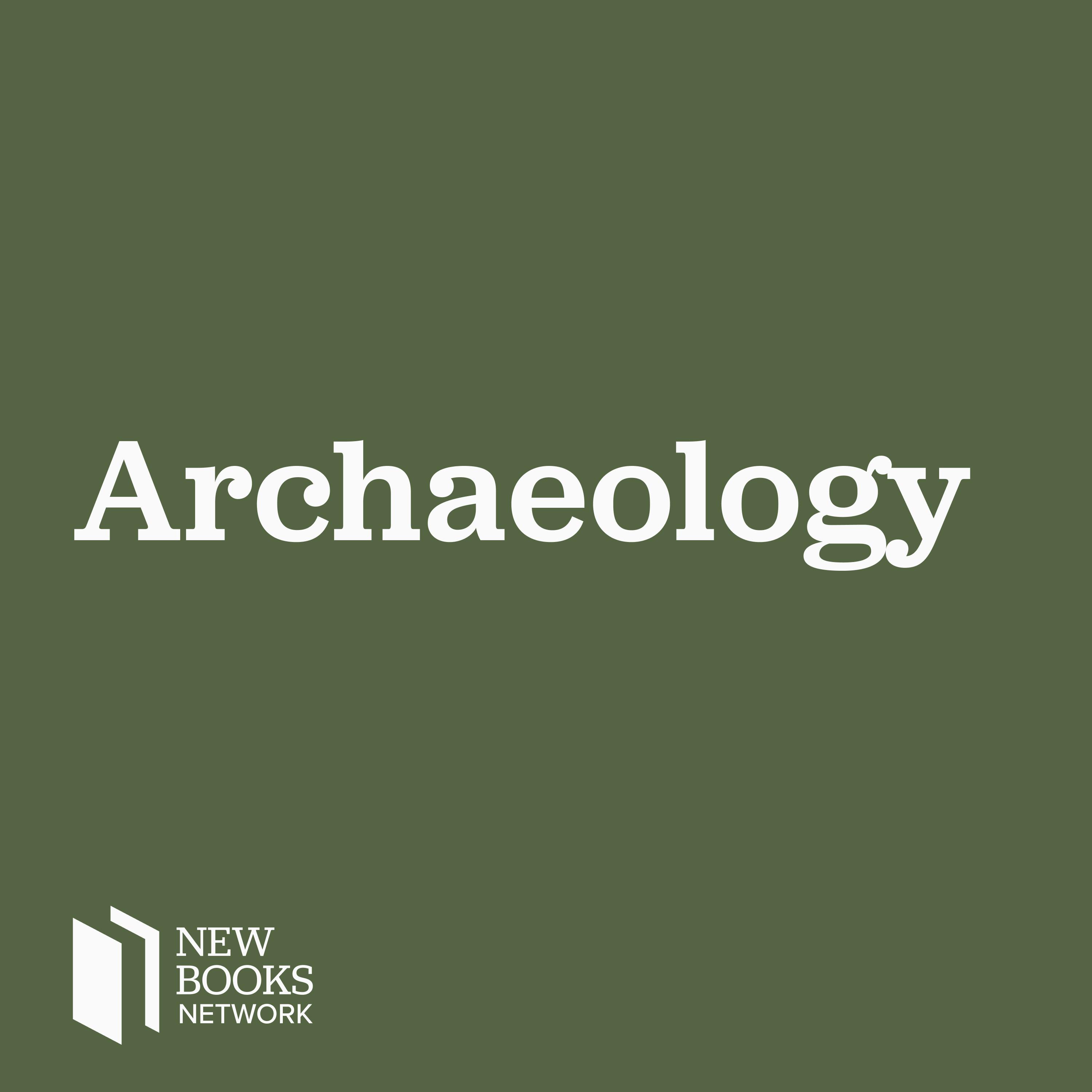Archaeology and Nomadism in the Russian Empire: An interview with Ismael Biyashev
Description
In the second half of the 19th century, both professional and amateur archaeologists, surveyors, and explorers of the “periphery” of the Russian Empire became increasingly interested in the perceived ancient nomadic histories of Siberia, Central Asia, and Ukraine. Their excavations of “nomadic sites” associated with the Scythians or the Mongol Empire were aimed not just at scientific investigation and scholarly inquiry, but were also born out of and contributed to discourses around modernity, race, ethnicity, and nationhood during the later days of the Russian Empire’s colonial expansion. Ismael Biyashev’s PhD research (University of Illinois-Chicago, 2023) charts the emergence, historical development, and global networks of the field of “nomadic archaeology,” examining how members of the Russian intellectual elite perceived and presented a nomadic past as a means of articulating contemporary Russian identity and visions for the future.
For further open-access reading on this topic, see Ismael’s “Peripheral Histories” blog post here.
Maggie Freeman is a PhD candidate in the School of Architecture at MIT. She researches uses of architecture by nomadic peoples and historical interactions of nomads and empires, with a focus on the modern Middle East.
Learn more about your ad choices. Visit megaphone.fm/adchoices
Support our show by becoming a premium member! https://newbooksnetwork.supportingcast.fm/archaeology
More Episodes
Archaeology as a discipline has undergone significant changes over the past decades, in particular concerning best practices for how to handle the vast quantities of data that the discipline generates. As Shaping Archaeological Archives: Dialogues between Fieldwork, Museum Collections, and...
Published 05/19/24
Published 05/19/24
In Xiongnu: The World’s First Nomadic Empire (Oxford UP, 2024), Bryan K. Miller weaves together archaeology and history to chart the course of the Xiongnu empire, which controlled the Eastern Eurasian steppe from ca. 200 BCE to 100 CE. Through a close analysis of both material artifacts and...
Published 05/01/24


